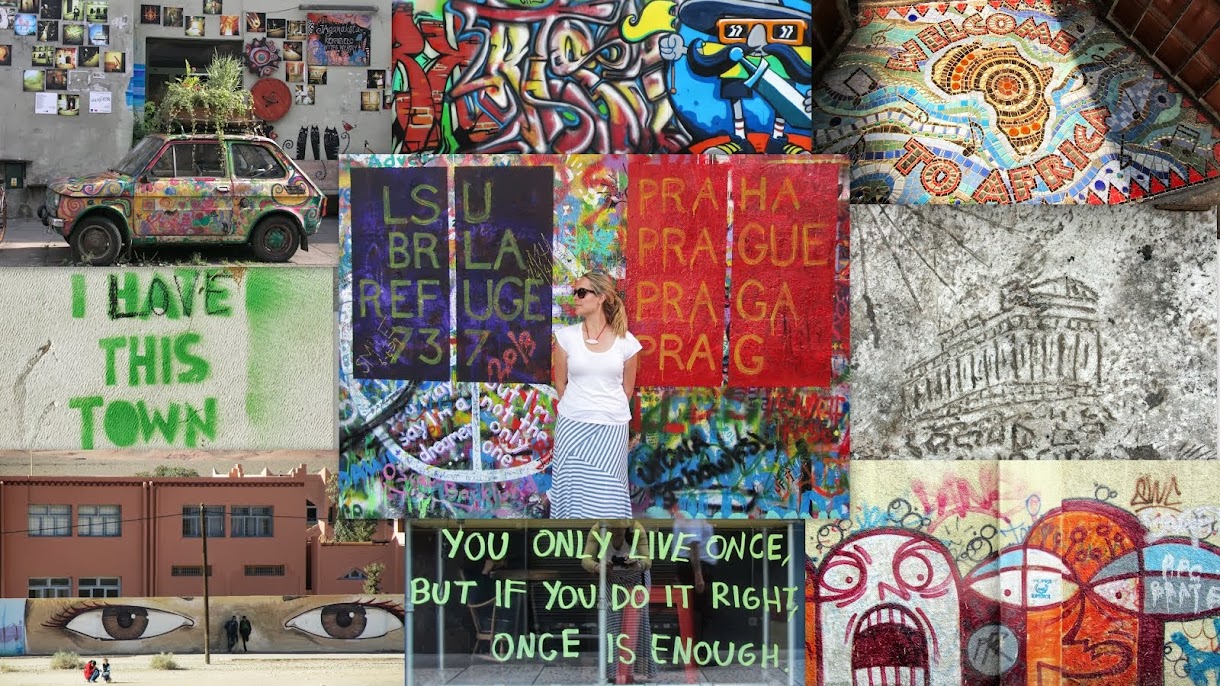We met Hoa at a tea ceremony in Kyoto. Like Bryan, she was in Japan on business and came a few days early to do some touristing.
That night, the three of us decided to explore the central area of the city together and found ourselves walking down an arcade of shops, stopping the moment we saw a giant airplane suspended in the air.
"It's a Photo Booth!" Hoa and I both exclaim, nearly in sync.
"We have to go inside," I stated. "Do you mind, Bryan?"
He obliged and joined us as we peeked around curtains at dolled up girls getting glamour shots taken by a machine. We were in awe, mainly by the complexity of it all. Unlike the familiar 'put your money in the slot,' 'make a goofy face at the count down', 'collect your photos as you exit' photo booth, this one had steps, stages, stations and choices galore.
"We have to do this," Hoa said.
"Oh... absolutely," I agreed.
But it was too much to figure out on our own. We tried, as Bryan's face had a hue of embarrassed tinted on it.
That's when we spotted them: a couple in the process of receiving their photos.
Language barrier aside, they explained all that needed explaining.
Step one, go inside any photo booth (all of which have differing themes).
Step two, play along with the on screen images explaining the poses you should make.
Step three, leave booth and go to coinciding booth to decorate your photos with hearts, stars, and any other image that suits your fancy.
Step four, learn Japanese quickly enough to figure out what you're supposed to fill in at the collection machine in order to receive photos.
Having said our arigatos, we giggled our way into the booth.
"Wait! Where's Bryan?" Hoa asked as we shoved money into the machine.
I hadn't even noticed he was gone. I drew the curtain and looked around. He was no where in site. But we couldn't leave, not with half the cost of the photos already deposited into the machine.
So together we held up peace signs and had one photo after another taken, laughing at the poses we were asked to make. Neither of us had felt so ridiculous in quite a while, which made us love it all the more.
Decorating the photos after the shoot had us wondering why Japanese photo booths aren't strewn across the world. Our inner 5 year-old-selves rushed to paint, stamp and write all over the images as the clock ticked our time away. We were in little girl heaven.
It took a few moments to finally locate Bryan, a few shops down, after we exited with our photos in hand.
"Why'd you leave?" we asked him.
"I felt uncomfortable being in there," he explained. "So I stepped just outside the door, but even then I felt like a creeper."
Apparently it was harder for him to tap into his inner girly 5 year-old-self than it was for us.





































